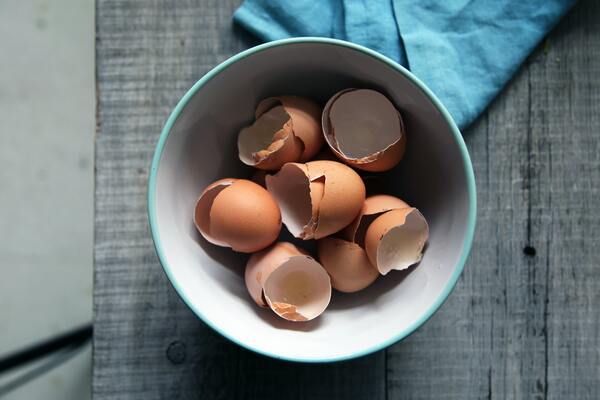Eggshell consumption in different reproductive stages and broods of the Western Bluebird, Sialia mexicana
(1) Serrano Intermediate School, Lake Forest, California, (2) Western Field Ornithologists, Bishop, California, (3) Cavity Conservation Initiative and Tree Care for Birds and Other Wildlife, Laguna Niguel, California, (4) Department of Ecology and Evolutionary Biology, University of California, Irvine, California, (5) Department of Biology, University of Nevada, Reno, Nevada
https://doi.org/10.59720/21-051
Calcium is an essential micronutrient to egg production and reproductive success in birds. Its availability at the start of the reproductive cycle is especially important to passerines (perching birds, namely songbirds) since they do not store calcium when not reproducing. To date, no data has been published to illustrate whether Western Bluebirds would consume provisioned eggshells, during which phases and to what degree in the reproductive cycle consumption might occur, and whether the amount consumed would vary between broods in a single season. We hypothesized that Western Bluebirds would consume the highest amount of eggshells during nest-building and egg-laying and that consumption would be greater during the first brood. Western Bluebirds breeding in nest boxes hanging in trees were provided eggshells in small containers attached to the roof of the box. Differences in average consumption between reproductive stages were significant. The greatest consumption was seen during the Pre-hatch phase (nest-building, egg-laying, and incubation), and less during the Post-hatch phase (nestling and fledgling). This was likely in preparation for and to replenish calcium needed during egg-laying in both broods. Average consumption between two broods produced by a single breeding pair was not significantly different. However, there was significant variation in the amount of consumption between breeding pairs. This high variation suggests that birds may have different strategies for obtaining and consuming calcium.
This article has been tagged with: